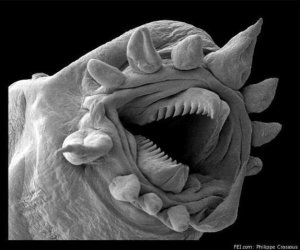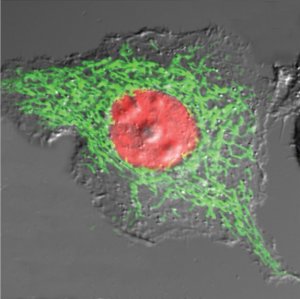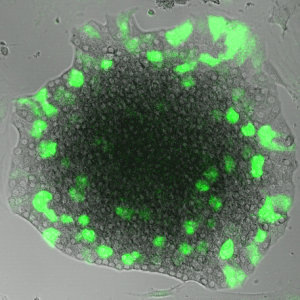August 17, 2013
|
During Friday's show, author Whitley Strieber discussed alien activities on Earth and a force responsible for policing or controlling them—a premise presented in his new novel, Alien Hunter. Strieber estimated that he and his wife Anne have received close to a million letters and emails describing both wonderful and terrifying interactions with aliens. The dead sometimes show up within the context of these experiences, he added. Strieber shared a story about a seven-year-old boy who claimed to have seen little blue men in his bedroom after a ball of fire blazed across the sky over his family's home. The young boy told his parents that his brother, who had died a week earlier in an auto accident, was also with the beings, he noted.
We do not know what these visitors are, Streiber continued, pointing out that they could be extraterrestrials, time travelers, residents of parallel dimensions or some combination of the aforementioned. Based on his own alien experiences, which he described as feeling less real than reality, Streiber proposed that someone could be projecting something into our reality from another dimension. He shared a remarkable missing persons case from Indonesia that suggests parallel worlds may exist. Whether or not these alien visitors are from distant planets in our universe or different dimensions altogether, they can move instantaneously from their world to ours, he said.
Streiber reported on an unusual number of vagrants who had disappeared off the streets, been drowned in the ocean, mutilated like cattle and then put back where they were originally found. This monstrous killing spree eventually stopped, which hints to Streiber that "there's some kind of control out there... trying to keep things in order." He also commented on recently declassified documents that show the CIA acknowledging the existence of Area 51. Streiber said he once spoke with a staff member who traveled to Area 51 with his senator, who had long expressed interest in what goes on at the facility. After a tour and a private briefing the senator returned and told his group, "The subject is over. We're dropping it." Streiber wondered what he was told or shown that made him decide to back off from further inquiry.















